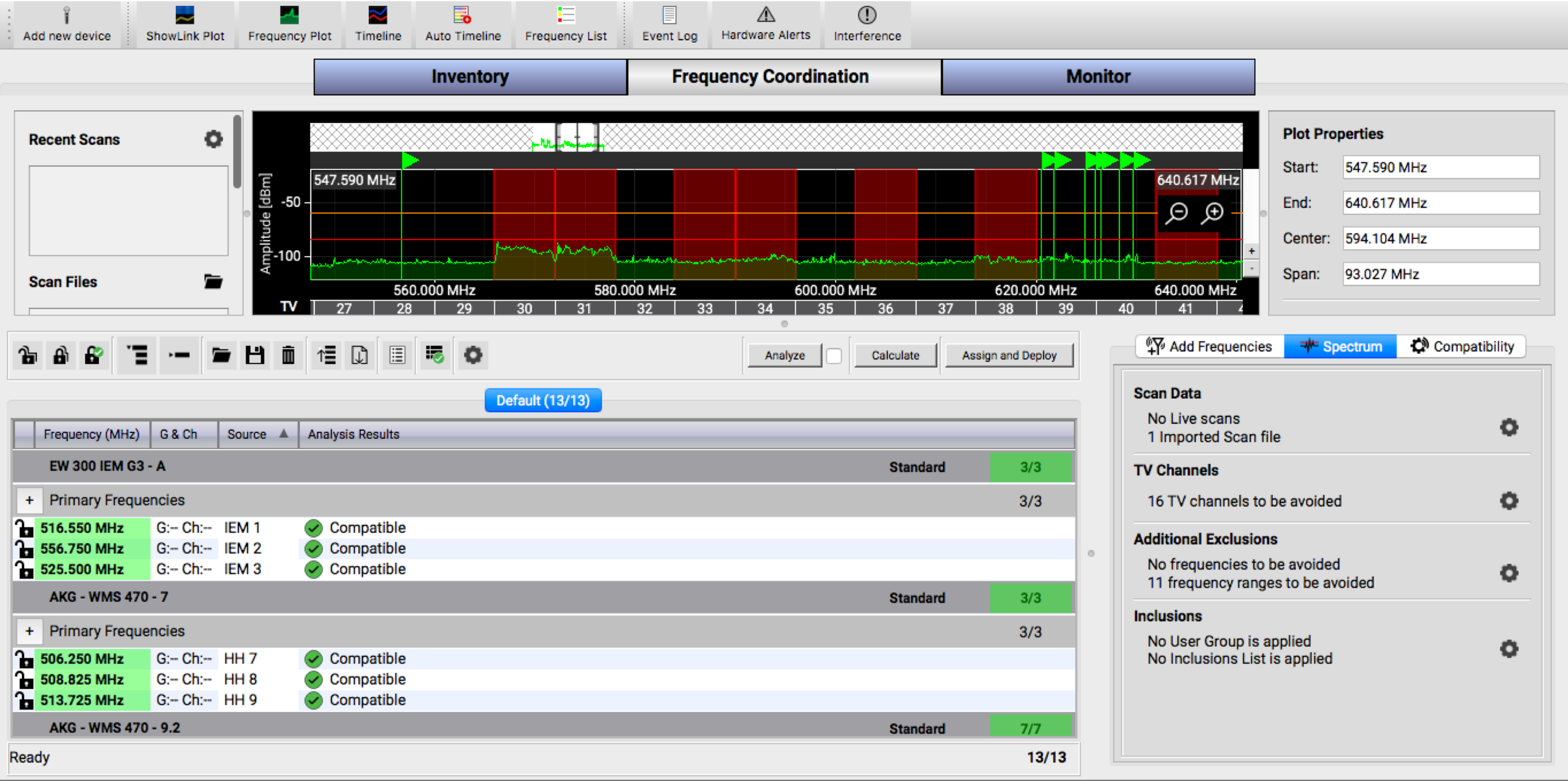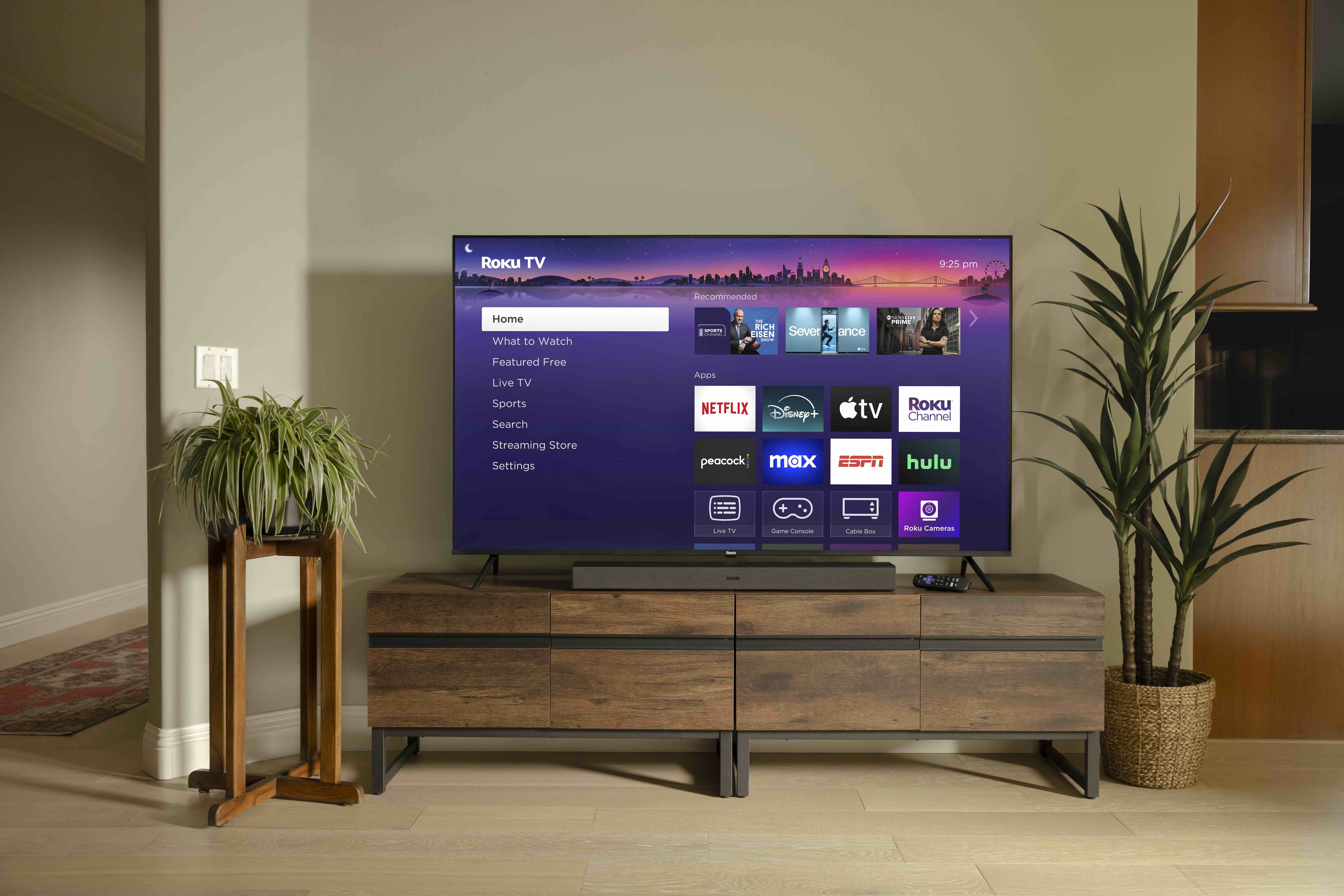The New Reality of Wireless Frequency Coordination
The 600 MHz wireless spectrum auction has come and gone, taking some television stations off the air, forcing more than a thousand others to relocate, and causing repercussions that are starting to trickle all the way down to wireless device users. It was already apparent that owners of equipment operating in the auctioned spectrum would need to replace or reband their devices in order to avoid interfering with the mobile devices that will soon be operating there, but many were planning to put this off as long as possible.
With announcements coming from the auction winners of accelerated rollouts of 600 MHz mobile devices, there is no longer any time to waste. Wireless device issues are already on the increase as new devices are lit up and tested, with users puzzled as to why their previously fine wireless systems are suddenly giving them trouble. Though this has resulted in problems for wireless users, it has, perhaps inadvertently, created a place for engineers who can advise customers on their wireless issues, especially if they are able to perform wireless frequency coordination. Some of these calls have come my way, which caused me to take a fresh look at the problem and the newly available tools to help us deal with these issues.
INTERMODULATION DISTORTION
At its most basic, coordinating the frequencies of wireless devices is as simple as ensuring that all transmitters are operating on different fundamental frequencies, but of course, things are never that simple. Those fundamental frequencies have harmonics with enough strength through at least the fifth order that they can interfere with the frequencies of other nearby transmitters, resulting in intermodulation distortion. This typically manifests itself through popping or other unwanted noises that emanate from the receiver, usually at the worst possible time.
[Read: FCC To Hone Wireless Mic Rules]
Calculating the harmonics of fundamental frequencies is easy, with the second harmonic double that of the fundamental, the third harmonic triple, and so on. For instance, a fundamental frequency of 626.200 MHz has a secondary of 1252.400 MHz (1.2524 GHz), and a third of 1876.600 MHz (1.8766 GHz). A single transmitter operating on its own in an area of clear spectrum will have no problem, but as soon as a second transmitter is powered up things get complicated, and the complexity increases with each transmitter added to the system. As soon as more than one transmitter is online we must determine whether the frequencies of each will interfere with the other, and the best way to do this is by using frequency coordination software made specifically for this purpose.
However, before we can coordinate the frequencies of the devices we know about, we need to figure out if other devices might also cause interference, a process done by performing a frequency scan of the area using an RF spectrum analyzer. These devices monitor and display RF spectrum activity over a specified frequency range. After running the scan, the analyzer generates a report which gets imported into the frequency coordination software along with the data from our known devices.
Most frequency coordination software also includes the ability to pull in data for local television stations, which needs to be factored into the intermodulation calculations along with all the other data we’ve gathered. Once all the data is loaded, the software calculates any conflicts and suggests changes to the fundamental frequencies of the transmitters in order to get all the devices to play well together.
THE AUTO-SETUP OPTION
It is theoretically possible to eliminate almost all of this work by using the auto-setup features included with some wireless systems, since it polls the wireless spectrum and automatically assigns the best frequencies for all transmitters in the system. Unfortunately, auto-setup typically requires that all devices be from the same manufacturer and be banded in the same frequency range. Most real-world audio systems contain devices from multiple manufacturers with transmitters banded across multiple ranges.
Building a system of wireless microphones, in ear monitors, and wireless intercom stations from a single manufacturer, that meets end user requirements, can problematic if not impossible. Still, auto-setup solutions are an excellent option for simple systems, or systems engineered this way from the outset, but most systems which have evolved over time are far more complicated than auto-setup can handle. Still, anyone who has decided that now is the time to replace their transmitters should consider new systems that are frequency-agile with the ability to manage frequency coordination without additional tools.
The good news for anyone given the task of wireless frequency coordination is that RF analyzers and coordination software tools are more widely available and affordable than ever before. RF analyzers now cost from tens of thousands down to hundreds of dollars and coordination software from hundreds to tens of dollars. The precision of the analyzers and comprehensiveness of the software is what sets them apart, with the more expensive options offering more features and generally making life easier by reducing the amount of work required.

Back when I worked for a large media company, our coordination work was done with a very high-end Anritsu analyzer coupled with the Intermodulation Analysis System (IAS) software from Professional Wireless. These days my toolset is far more modest, with an RF Explorer analyzer, Touchstone analyzer software for RF capture, and Shure Wireless Workbench software for coordination. Using Wireless Workbench with devices from other manufacturers is not a problem, but it requires building device profiles for those not included. The process itself is much as described earlier—connect the analyzer, gather RF data, pull all data into the coordination software, run the analysis, then make any necessary frequency changes to the transmitters. It doesn’t hurt to run another coordination once things are changed, just to double-check that everything is working without conflict.
While wireless coordination will most likely be needed for 600 MHz devices, it may also be necessary for 470–512 MHz devices if you happen to be in one of 11 large US metro areas, because that spectrum has been designated for public safety (T-Band) land mobile radio use.
Jay Yeary is a television engineer who specializes in audio. He is an AES Fellow and a member of SBE, SMPTE, and TAB. He can be contacted through TV Technology magazine or at transientaudiolabs.com.
Get the TV Tech Newsletter
The professional video industry's #1 source for news, trends and product and tech information. Sign up below.
